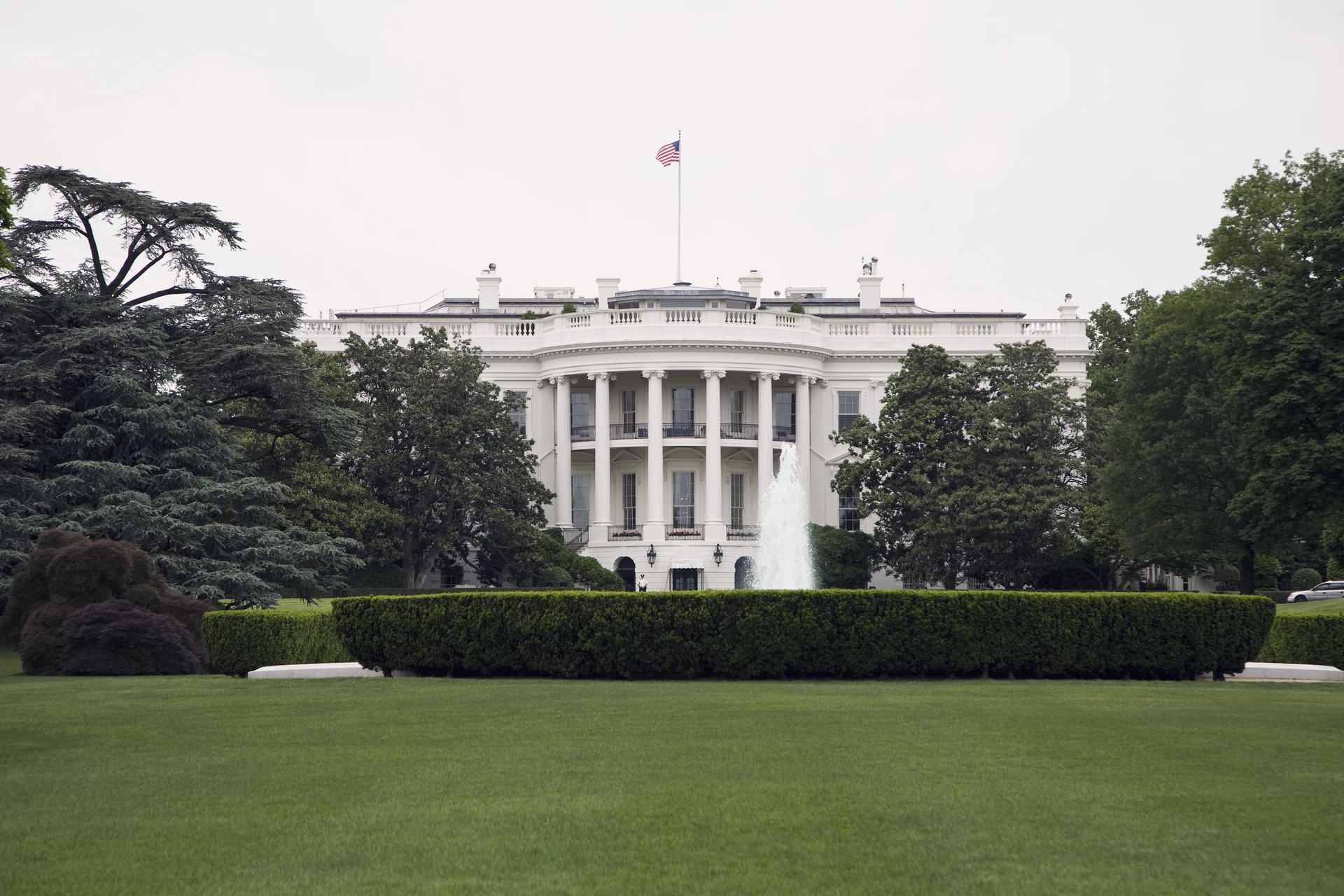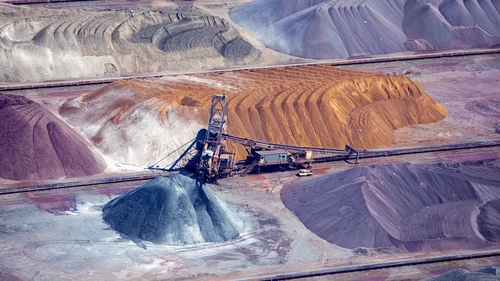
- Name:
- Helge J. Pedersen
- Title:
- Nordea Group Chief Economist
Helge J Pedersen
It has been 100 days since Donald Trump de facto assumed office as President of the US. It is fair to say that he has been transforming the US fundamentally ever since through executive orders and has challenged the rules-based international cooperation.

It has been precisely 100 days since Donald Trump was re-elected and de facto assumed office as President of the United States. And it is fair to say that he has been transforming the US fundamentally ever since, like a whirlwind, through executive orders on everything from gender politics to cutbacks in the public sector. And then he has challenged the rules-based international cooperation to an extent that only few could have imagined.
Donald Trump remains a divisive figure, but it is indisputable that he continues to enjoy popularity within the US business sector. The promise of significant tax reductions and economic deregulation has led to a significant increase in confidence indicators, particularly among small and medium-sized enterprises. Consequently, all indications suggest that the upswing in the US economy will continue at full strength over the coming quarters.
What happens next is far more uncertain. This is mainly due to two factors. Firstly, the plans to curb immigration and deport illegal migrants. Migrant workers – both legal and illegal – make up a large and growing proportion of the US workforce, and the economy risks facing capacity constraints if borders are closed to foreign labour. Secondly, the neo-protectionist trade approach, which may also hit the Danish economy.
Trump’s vision for making America great again also includes an objective to run a surplus in trade with other countries, which is far from being the case today. Trump’s preferred means to achieve this goal is to impose tariffs on imports and, if necessary, to engage in full-blown trade wars, as was also the case during Trump’s first term in office from 2017 to 2021. Initially, this would likely be with the countries with which the US has a particularly large deficit, that is, Canada, Mexico, the EU and China.

The problem is that trade wars have no winners but only losers.
The problem is just that trade wars have no winners but only losers. This also applies to the US because it is the US importers who pay the tariffs and subsequently pass on the cost to the consumers in the form of higher prices. And the tariff revenue collected by the state is not sufficient to compensate for their financial losses.
If the dispute escalates into a full-blown trade war, the affected countries will then impose retaliatory tariffs on US exporters, with similar negative consequences. The total economic loss is difficult to estimate, but the renowned Peterson Institute assesses that a trade war between the US on the one side and Canada, Mexico and China on the other could potentially result in a cumulative loss for the US economy in the region of USD 840bn by 2040 (equivalent to two years of GDP in Denmark). However, the relative loss would be significantly bigger for Canada and especially Mexico as they are far more dependent on the US as an export market than vice versa.
In his communication Trump often combines the low defence budgets in a number of EU countries with tariffs, and he has even threatened Denmark with higher tariffs if they cannot come to a common understanding on Greenland; even in practice, of course, it is not possible for Trump to target Danish exports separately from the EU.
To avoid tariffs, companies specialising in selling to the US market may consider relocating part or all of their production to the US.
To avoid tariffs, companies specialising in selling to the US market may consider relocating part or all of their production to the US. Something that Trump is openly encouraging. In this context, it is worth noting that Danish companies have already invested extensively in production facilities in the US and are thus relatively well protected against Trump’s tariff threats. In fact, about three-quarters of Denmark’s goods exports to the US are produced on US soil, notably by the pharmaceutical industry.
Denmark also has considerable exports of energy technology to the US, which may be affected by the climate decisions pushed through by Trump since his reinstatement. On his first day in office, he ordered the immediate withdrawal of the US from the Paris Agreement and simultaneously signalled a return to policies promoting the use of fossil fuel energy sources. "Drill baby drill" as the president so lyrically describes it. In addition to potentially hitting Danish companies hard, it is unfortunate that the decision comes at a time when climate catastrophes are virtually queueing up, and where 2024 became the first calendar year ever in which the global mean temperature exceeded the crucial threshold of 1.5 degrees Celsius above pre-industrial levels.
However, Trump does not believe in anthropogenic climate changes, and “the liquid gold beneath the ground” is earmarked to make a significant contribution towards rescuing the country’s precarious public finances and reducing the foreign trade deficit. And perhaps not least to the EU, which urgently needs to find new energy suppliers after the break with Russia. Therefore, there are strong indications that US natural gas and weapons, which are to be invested in the needed military build-up in Europe, will feature as essential elements in the negotiations that the US and the EU will certainly soon find themselves in to avoid a major trade war.
Times have indeed changed drastically in just 100 days, and hopefully the next 100 days will proceed at a somewhat more measured pace. Otherwise, there is a genuine risk that matters may spiral out of control, resulting in considerable negative consequences for the global economy.


Sustainability
Amid geopolitical tensions and fractured global cooperation, Nordic companies are not retreating from their climate ambitions. Our Equities ESG Research team’s annual review shows stronger commitments and measurable progress on emissions reductions.
Read more
Sector insights
As Europe shifts towards strategic autonomy in critical resources, Nordic companies are uniquely positioned to lead. Learn how Nordic companies stand to gain in this new era of managed openness and resource security.
Read more
Open banking
The financial industry is right now in the middle of a paradigm shift as real-time payments become the norm rather than the exception. At the heart of this transformation are banking APIs (application programming interfaces) that enable instant, secure and programmable money movement.
Read more